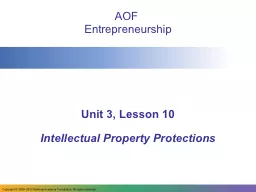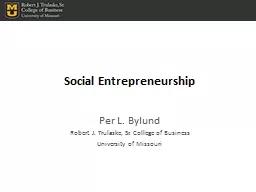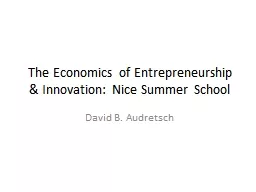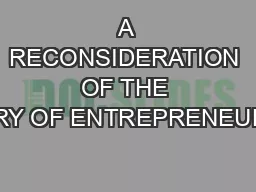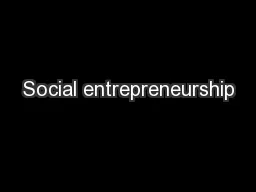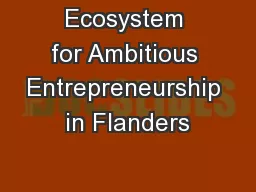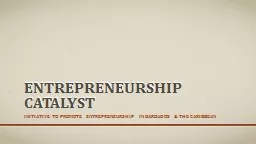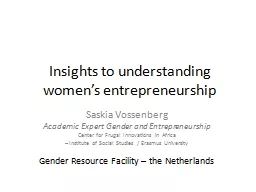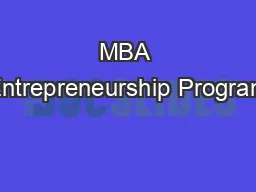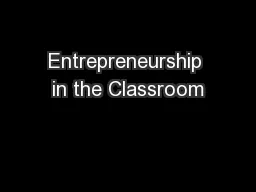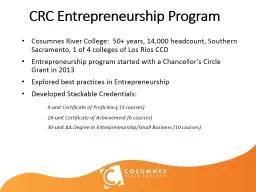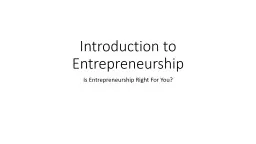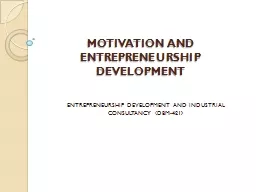PPT-AOF Entrepreneurship Unit 3, Lesson 10
Author : heartfang | Published Date : 2020-06-19
Intellectual Property Protections Copyright 20092012 National Academy Foundation All rights reserved Intellectual property IP is creative work that can be used
Presentation Embed Code
Download Presentation
Download Presentation The PPT/PDF document "AOF Entrepreneurship Unit 3, Lesson 10" is the property of its rightful owner. Permission is granted to download and print the materials on this website for personal, non-commercial use only, and to display it on your personal computer provided you do not modify the materials and that you retain all copyright notices contained in the materials. By downloading content from our website, you accept the terms of this agreement.
AOF Entrepreneurship Unit 3, Lesson 10: Transcript
Download Rules Of Document
"AOF Entrepreneurship Unit 3, Lesson 10"The content belongs to its owner. You may download and print it for personal use, without modification, and keep all copyright notices. By downloading, you agree to these terms.
Related Documents

